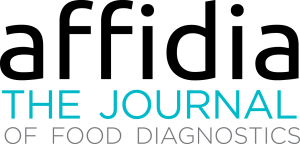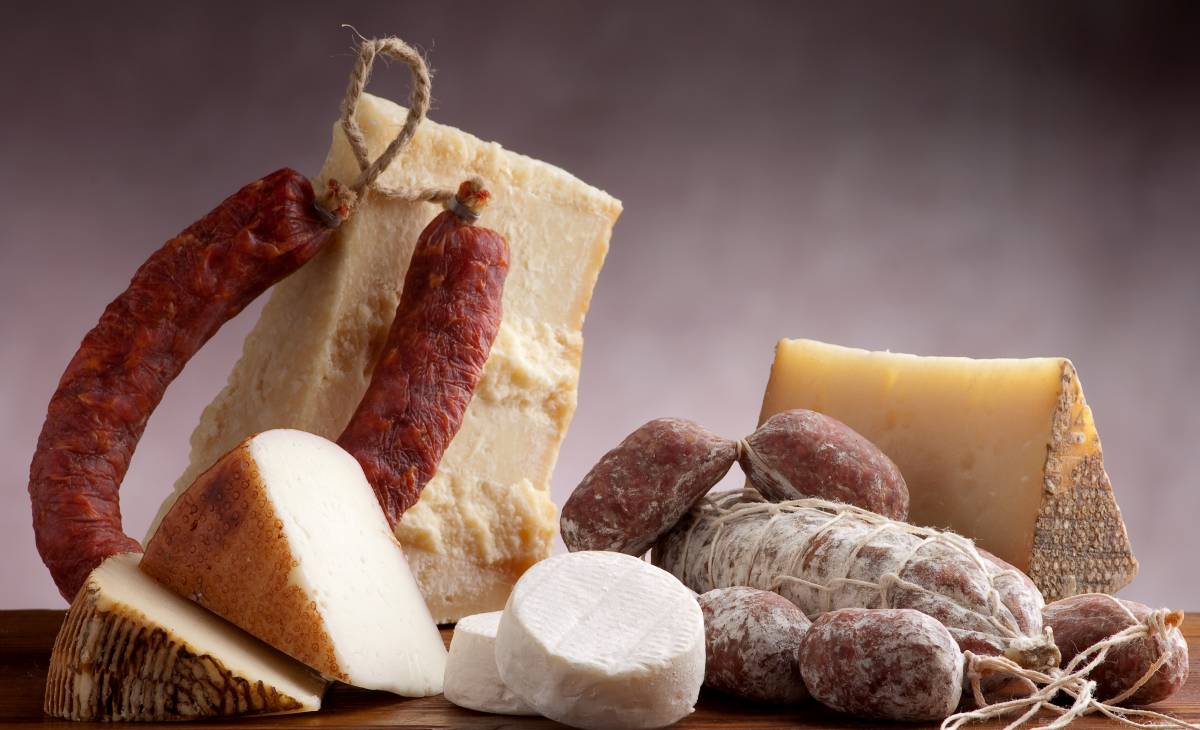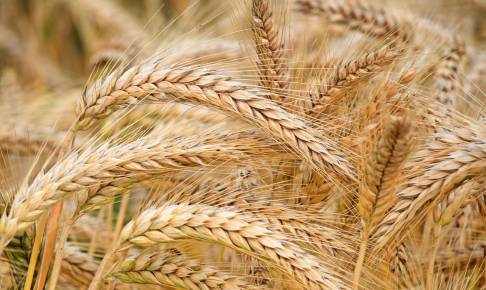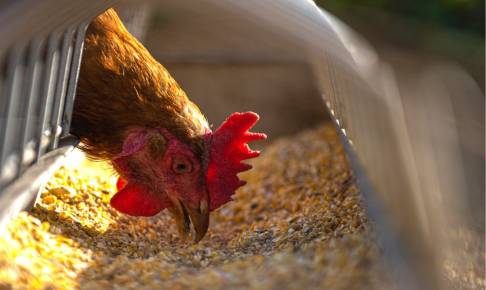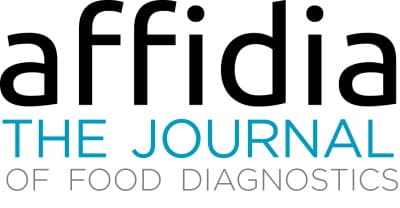New opinion on Ochratoxin A in cheeses and pork products
The Italian National Committee for Food Safety (CNSA) has published an opinion based on a Technical Report produced in cooperation with the National Reference Laboratory for Mycotoxins on the current state of knowledge about Ochratoxin A (OTA) in cheeses and pork products.
A theoretical level of exposure from the consumption of raw ham and cheeses was calculated based on the available data and the new EFSA toxicological reference values. The report states that the results lead to a significantly higher Margin of Exposure (MOE), more than 200 for non-neoplastic effects, both for raw ham and dairy products. However, regarding the neoplastic effects with genotoxic mechanism, the MOE is less than 10 000, indicating a health concern for children with medium levels of exposure as well as for heavy users of all ages.
To protect consumers, CNSA provided some recommendations that should be taken into account in order to prevent and reduce OTA contamination.
The CNSA points out that although there is a guidance level and a CEN reference technique of analysis for pork, there is currently no official methodology for sampling ham. Although methods established by the LNR are accessible, there is no official methodology for sampling ham. Similar basic concerns apply to cheeses, with the CNSA reiterating EFSA advice on the necessity to establish cheese sampling and analysis techniques as well as conduct scientific dairy product monitoring. The CNSA recommends that cheese research should be expanded because of the complexity and diversity of Italian dairy industry. Furthermore, the CNSA advises that the practices regarding the seasoning of cheeses and cured meats should be studied and developed, which could potentially identify key areas and suitable methods to avoid and minimize OTA contamination. Finally, the CNSA advises that consumers be given accurate information, particularly about the need to avoid eating cheeses and cured meats in the presence of potentially toxical molds.
Source:
